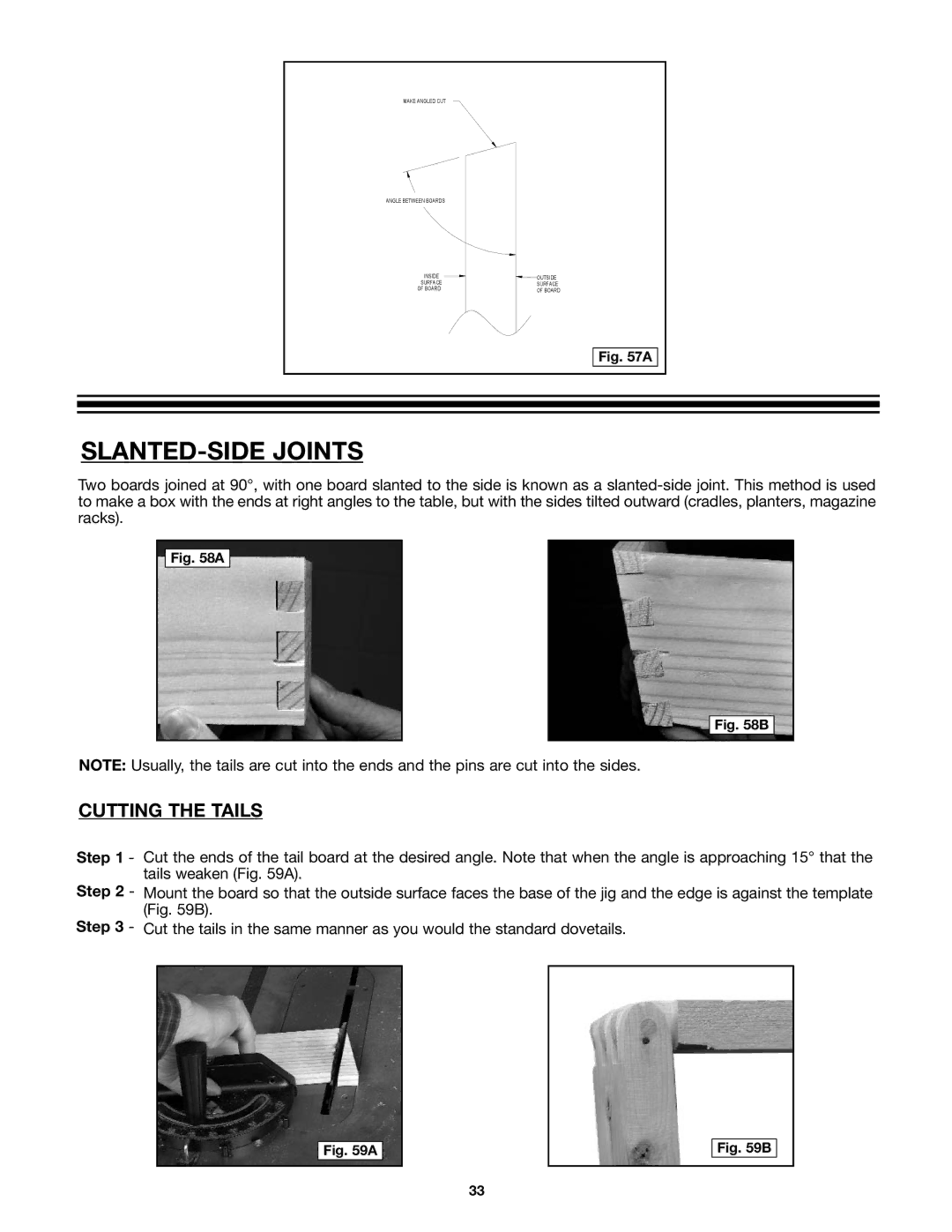4210 & 4212 specifications
Porter-Cable, a brand renowned for its high-quality power tools, offers a variety of products that cater to the needs of both professionals and hobbyists. Among its notable products are the Porter-Cable 4210 and 4212 Dovetail Jigs, which stand out for their precision, versatility, and user-friendly design. These jigs are essential for woodworking enthusiasts looking to create strong and visually appealing dovetail joints.The Porter-Cable 4210 Dovetail Jig is designed with simplicity and ease of use in mind. It features a robust aluminum base that provides stability during operation, ensuring accurate cuts every time. One of its standout features is the built-in template system, allowing users to create half-blind, through, and box dovetails without hassle. The adjustable pins and tail spacing facilitate a variety of joint sizes, making it suitable for different projects, whether you’re building fine furniture or cabinetry.
Another remarkable feature of the 4210 is its user-friendly setup. The jig's intuitive design allows users to quickly adjust the settings for various woodworking applications, saving time and effort. The depth stop feature provides precise control over the cutting depth, allowing for consistent results that meet high-quality standards. The Porter-Cable 4210 is powered by a router, which adds to its versatility, enabling the creation of different joint types with ease.
The Porter-Cable 4212 Dovetail Jig takes the capabilities of the 4210 and brings them to the next level. This model offers enhanced features, including a more advanced template system that allows for greater customization and flexibility. The 4212 includes templates for both through and half-blind dovetails along with box joints, making it a comprehensive solution for woodworkers seeking variety in joint design.
Both jigs are equipped with a sturdy carrying case for portability, making them ideal for those who need to transport their tools to job sites or workshops. Additionally, the durable construction of both models ensures they can withstand the rigors of frequent use. Users appreciate the quality craftsmanship that Porter-Cable has maintained in both models.
Overall, the Porter-Cable 4210 and 4212 Dovetail Jigs are excellent additions to any woodworker's toolkit. With their combination of precision, ease of use, and versatility, they empower users to create professional-quality dovetail joints with confidence. Whether you are a beginner or an experienced craftsman, these jigs offer the reliability and performance necessary to enhance your woodworking projects.

